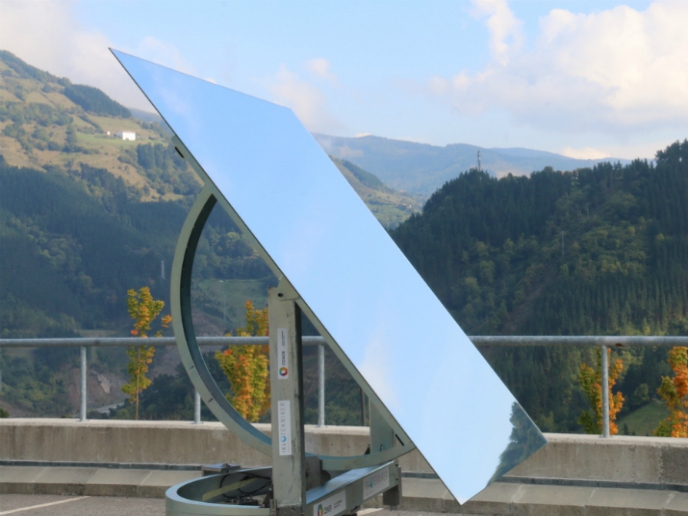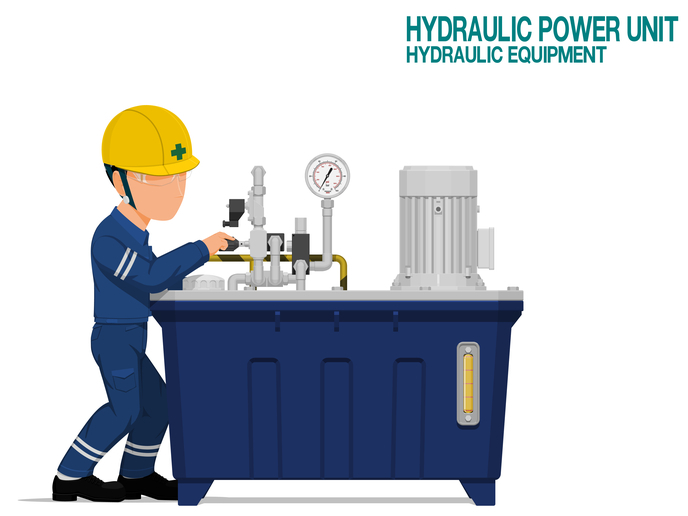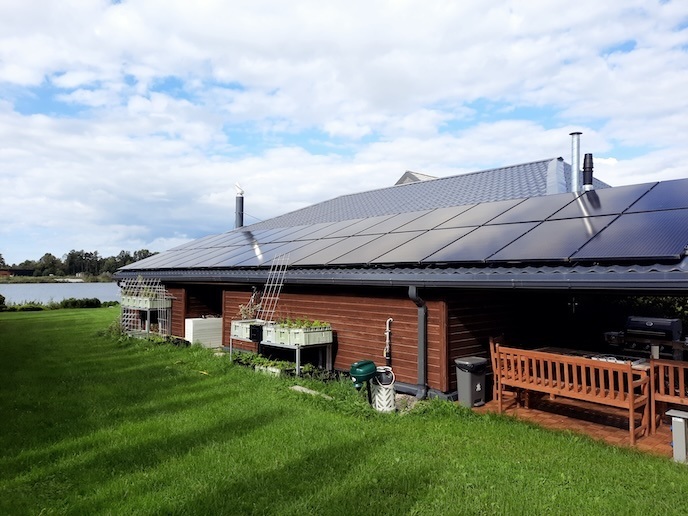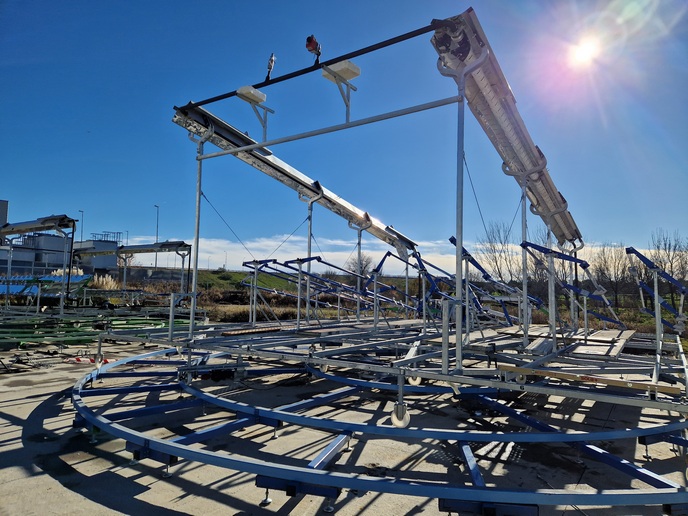Novel components to economically generate and store high-temperature solar heat
The EU-funded CAPTure project set out to significantly boost the competitiveness of CSP by focusing on an innovative high-efficiency power plant concept, and on smart calibration and mass production of the mirrors that reflect sunlight onto a small receiver area, which in turn generates high-temperature heat. “Both ways may significantly reduce the levelised cost of electricity (LCOE),” notes coordinator Fritz Zaversky. The solar power plant can produce significantly more electricity per mirror area compared to conventional approaches. Additionally, simplified mirror operation – less operation and maintenance costs – and mass production of the reflecting mirrors lead to significant cost reductions. “Thus, higher conversion efficiency – higher energy output – and less investment and operation and maintenance costs will result in a lower LCOE and make CSP more competitive,” Zaversky explains.
Cost-efficient generation and storage of high-temperature solar heat
Project partners developed 3 key components to achieve higher conversion efficiency: a solar receiver, a regenerative heat exchanger and a solar field (mirrors and trackers). The mirrors concentrate the sun onto the solar receiver that heats atmospheric air to high temperatures (1 000 °C). Heat is exchanged between the pressurised air flow and the atmospheric air flow from the solar receiver by the regenerative heat exchange system. A hot air turbine then converts heat into electric energy. “CAPTure’s most significant achievement was the successful design, production and commissioning of a 300-kWth prototype installed at a solar research facility in southern Spain,” says Zaversky. It contains all three components, as well as pipes and valves. In addition, the CAPTure team designed a downsized, sun-tracking mirror or heliostat that has been optimised for cost-effective mass production.
Individual components show great promise
Team members successfully validated all key components and the plant configuration concept in real-life settings. They demonstrated that the concept is technically feasible. A techno-economic optimisation and benchmarking analysis presented the power plant concept’s potential. Results show that the air receiver technology is a very promising solution for an efficient, combined-cycle solar-thermal power plant. About 30 % of peak solar-to-electric energy conversion efficiency can be achieved, which is a significant improvement on the state-of-the-art technology of around 21 %. At this point in time, the proposed power plant layout is not profitable for large-scale, high-capacity deployment; however, it will be very beneficial for a range of uses. “The components are highly valuable for several applications,” concludes Zaversky. In particular, the solar receiver and regenerative system can be used for high-efficiency solar-heat integration in several processes. The regenerative system can work as a means of high-temperature thermal-energy storage, cost-effective heat exchanger between atmospheric and pressurised air circuits. It can also be used as a chemical reactor for either thermochemical energy storage with high-energy density or other types of high-temperature reactors.
Keywords
CAPTure, heat, energy, power plant, electricity, solar heat, solar power, CSP







